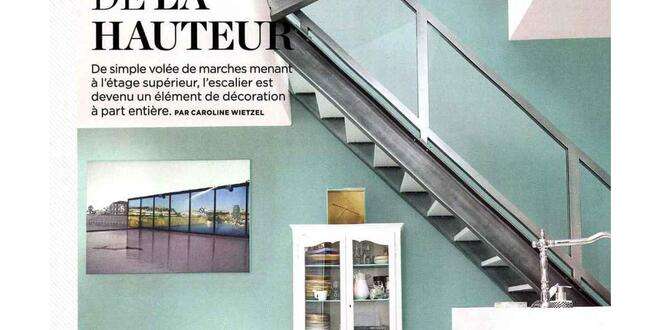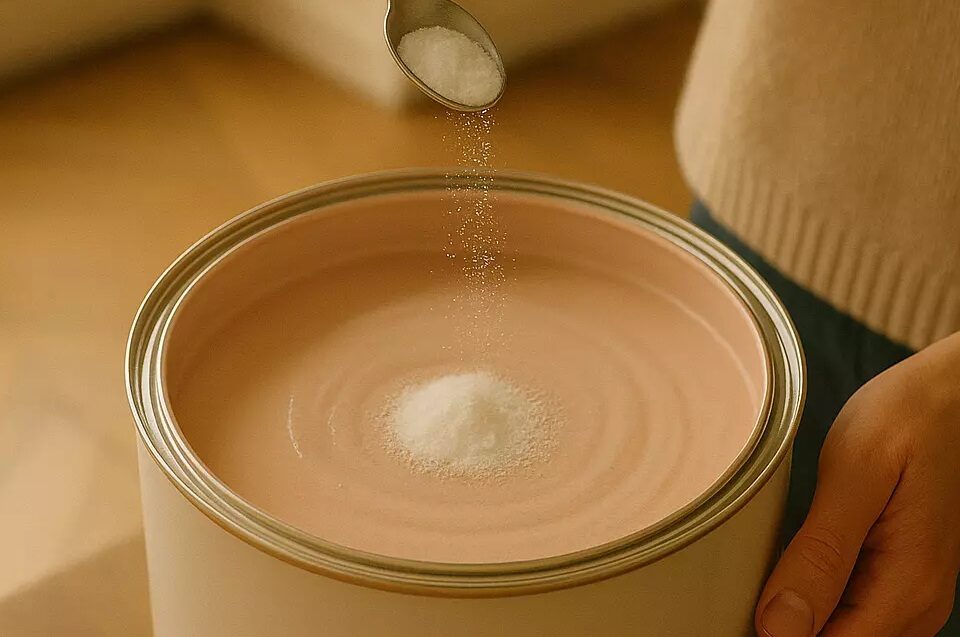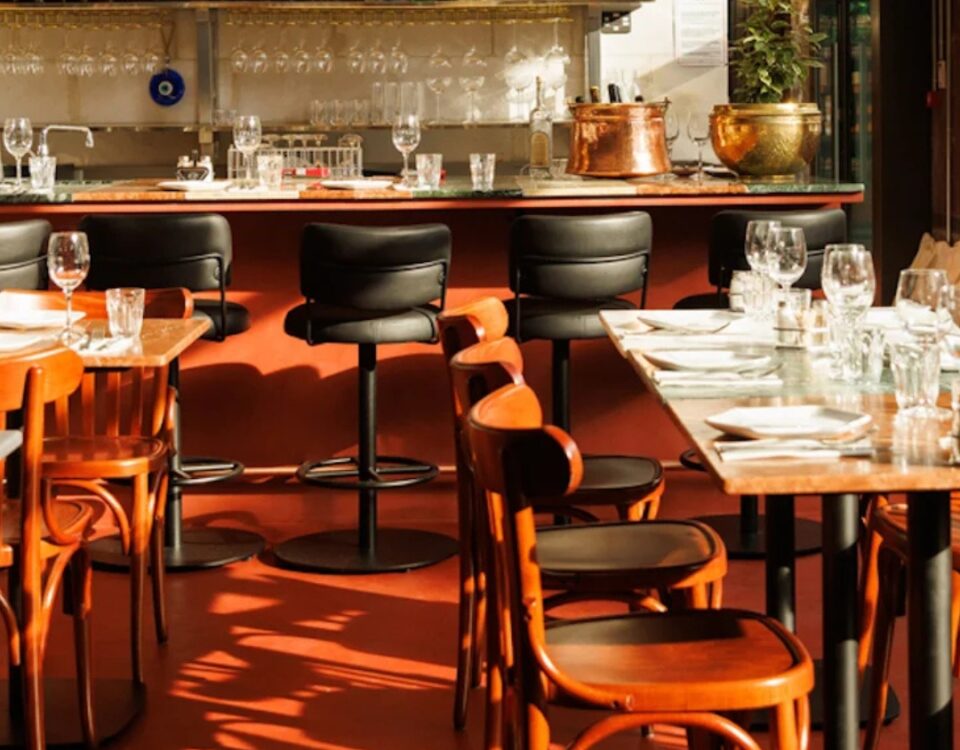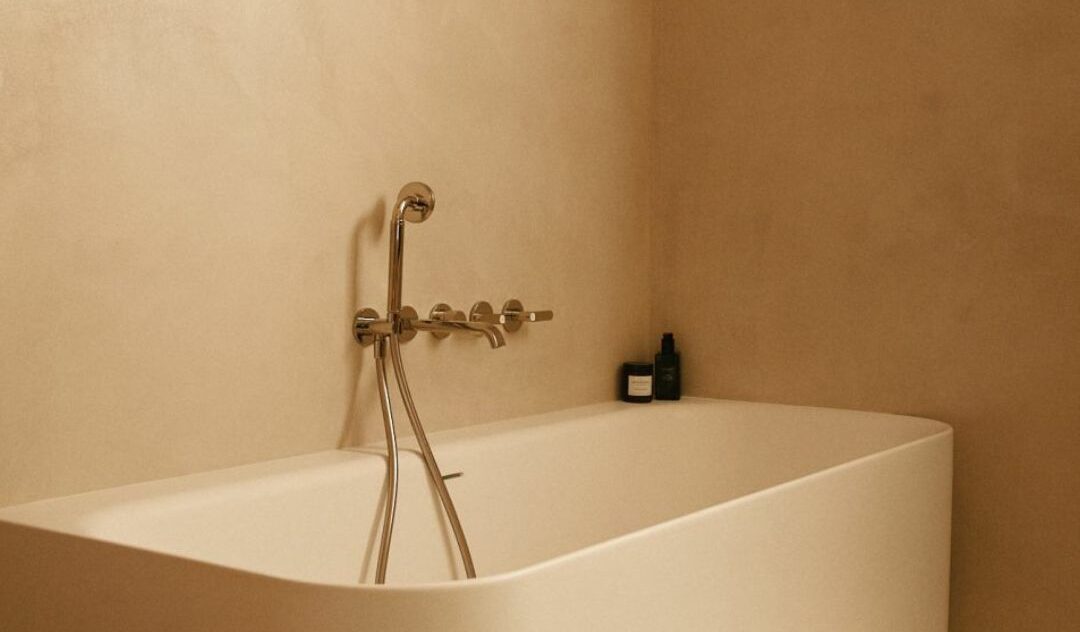Stairs
“He’s gaining height
From a simple flight of steps leading to the next floor, the staircase has become a decorative element in its own right. By Caroline Wietzel
Straight, quarter-turn or spiral, the shape of a staircase depends first and foremost on the space available in the room. It takes up a minimum of four to six square meters! The straight, quarter-turn staircase (with a 90° turn) takes up the most floor space (6m2), but it has one advantage: you can create storage or an office area under the steps. A double-quarter-turn staircase (with a 180° angle and intermediate landing or not) takes up less space on the first floor, but requires more space (approx. 4m2) for the hopper (open space in the ceiling) upstairs. If you’re cramped for space, opt for a spiral staircase (with a diameter of at least 140 cm). Self-supporting, it takes up less space, but is less pleasant to use, especially with young children, and not very practical when a large object, such as a laundry basket, needs to be lifted. For your staircase to be comfortable, it should be at least 80 cm wide (the equivalent of a standard door), with fifteen or so steps 21 to 32 cm deep and 17 to 21 cm high. Above that, the climb becomes more strenuous. Unless you need to lighten your staircase or keep the room bright, a model with risers is the safest choice.
BRIGHT. The micro concrete staircase plays on shades of green (Trèfle and Thym) and a dozen LEDs recessed into the wall to illuminate it. A handrail secures the passage. Marius Aurenti.”





